Engine immobilizers represent one of the most critical technological advancements in automotive security over the past three decades. An immobilizer is a device that prevents a car’s engine from running unless a specific key or fob is present, fundamentally transforming how vehicles protect themselves against theft attempts.
This intricate technology is based on a tiny chip cleverly embedded into your car’s Electronic Control Unit (ECU), creating an electronic barrier that prevents unauthorized engine starting even when physical access to the vehicle is achieved.
The technology works through sophisticated communication between the key transponder and the vehicle’s engine control systems. Once the vehicle starts, the immobilizer generates a new second code and transmits it to the transponder, creating a dynamic security system that continuously evolves its protection protocols.
This electronic handshake between key and vehicle has become so fundamental to modern automotive security that many drivers take it for granted, unaware of the complex processes occurring each time they start their car.
However, the automotive industry’s adoption of immobilizer technology has been uneven, creating significant disparities in security between different manufacturers and model years.
While most modern vehicles incorporate sophisticated immobilizer systems as standard equipment, certain manufacturers and specific models have notably lacked this crucial security feature, creating vulnerabilities that criminals have learned to exploit systematically.
This comprehensive analysis examines ten vehicles representing the extremes of immobilizer technology implementation, revealing how some manufacturers have prioritized advanced security systems while others have made controversial decisions to omit basic anti-theft protection, often with devastating consequences for vehicle owners and broader community safety.
5 Cars With Advanced Auto Engine Immobilizers
These vehicles feature sophisticated engine immobilizer systems as standard equipment that create an impenetrable electronic barrier between unauthorized access attempts and successful vehicle operation.
All Hyundai vehicles produced since November 2021 are equipped with an engine immobilizer as standard equipment, while all 2022 Kias got immobilizers either at the start of or during the model year, representing a significant improvement in anti-theft protection after widespread security vulnerabilities were exposed.
Modern immobilizer technology prevents the engine from starting unless the correct transponder key is present, using encrypted communication between the key fob and engine control module that cannot be bypassed through traditional hotwiring methods.
These systems integrate seamlessly with other vehicle security features, including alarm systems, GPS tracking, and remote monitoring capabilities, creating multiple layers of protection that work together to deter theft attempts and enable rapid recovery if unauthorized access occurs despite the sophisticated security measures.
1. Mercedes-Benz S-Class
The Mercedes-Benz S-Class stands as the pinnacle of automotive luxury and security technology, incorporating one of the most sophisticated engine immobilizer systems available in the modern automotive market.
Mercedes-Benz has consistently prioritized security innovation in their flagship sedan, developing immobilizer technology that goes far beyond basic transponder authentication to create a multi-layered security ecosystem that actively protects against even the most advanced theft techniques.
The S-Class immobilizer system operates through Mercedes-Benz’s Electronic Ignition Switch (EIS) technology, which creates multiple authentication layers between the key, ignition system, and engine control units.
This system requires successful verification at several checkpoints before allowing engine startup, including transponder authentication, rolling code verification, and ECU cross-communication validation.
The complexity of this system makes it virtually impossible for thieves to bypass using traditional hot-wiring techniques or basic transponder cloning methods.
Mercedes-Benz has integrated the immobilizer system deeply into the S-Class’s overall electronic architecture, making it nearly impossible to defeat without causing significant damage to multiple vehicle systems.
The immobilizer communicates with the steering lock, transmission control unit, fuel system, and ignition components simultaneously, creating interdependencies that prevent piecemeal bypass attempts.
Even if thieves successfully clone or duplicate the transponder signal, the system’s rolling code technology ensures that previously captured signals cannot be reused for unauthorized access.
The S-Class features Mercedes-Benz’s advanced KEYLESS-GO system, which incorporates sophisticated proximity detection and motion sensors that prevent relay attacks and signal amplification techniques commonly used against other luxury vehicles.
The system can distinguish between authorized users approaching the vehicle and unauthorized individuals attempting to exploit the keyless entry system. When suspicious activity is detected, the system automatically enhances security protocols and may disable remote starting capabilities.
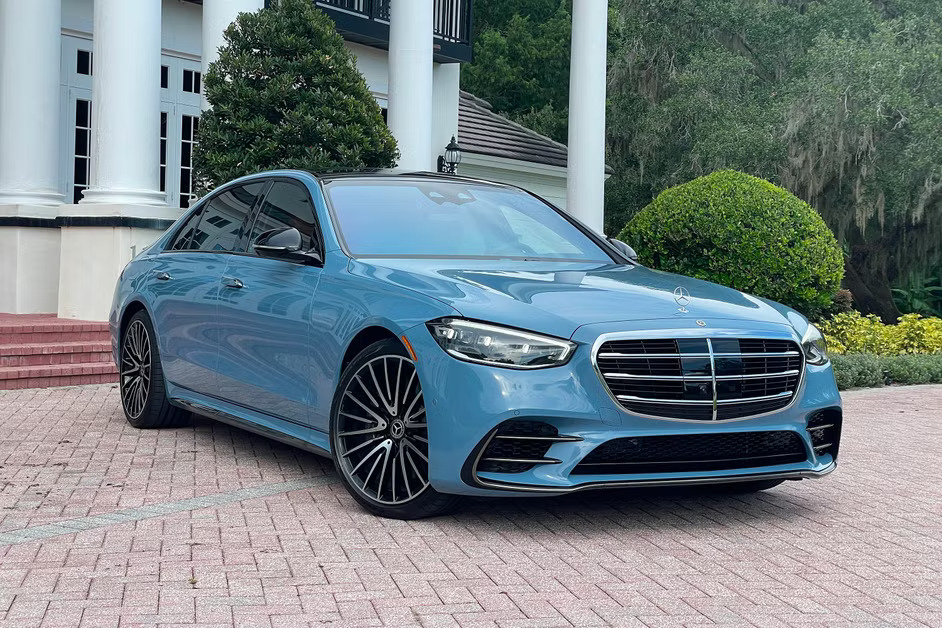
The vehicle’s immobilizer system is further enhanced by integration with Mercedes me connect services, which provide real-time monitoring and remote immobilization capabilities.
If the vehicle is stolen or unauthorized access is attempted, the system can automatically notify law enforcement and Mercedes-Benz security services while simultaneously tracking the vehicle’s location and movement patterns.
This connectivity extends the immobilizer’s effectiveness beyond theft prevention to include theft recovery assistance. Mercedes-Benz regularly updates the S-Class immobilizer software through over-the-air updates, ensuring that security protocols remain current against evolving theft techniques.
This dynamic security approach means that the immobilizer system continuously improves its protection capabilities, adapting to new threats and incorporating lessons learned from security incidents across the Mercedes-Benz fleet.
The manufacturer’s commitment to ongoing security development ensures that S-Class owners benefit from the latest anti-theft innovations throughout their vehicle ownership experience.
The S-Class immobilizer system also incorporates advanced diagnostics that can detect tampering attempts and unauthorized modification of security components.
If the system detects that immobilizer components have been accessed or modified, it automatically increases security protocols and may require dealer authentication before normal operation can resume.
This self-monitoring capability provides an additional layer of protection against sophisticated criminals who might attempt to physically modify immobilizer components.
The integration of biometric authentication options in recent S-Class models adds another dimension to the immobilizer system’s security capabilities.
Fingerprint recognition and facial recognition systems can work in conjunction with traditional transponder authentication to create a multi-factor authentication system that is extremely difficult for unauthorized users to defeat.
This biometric integration represents the cutting edge of automotive security technology and demonstrates Mercedes-Benz’s commitment to staying ahead of criminal adaptation.
2. BMW 7 Series
The BMW 7 Series incorporates one of the most advanced immobilizer systems in the luxury sedan segment, leveraging BMW’s decades of experience in automotive security technology to create a comprehensive anti-theft system that protects against both traditional and modern theft techniques.
BMW’s approach to immobilizer technology emphasizes integration with the vehicle’s overall electronic architecture, creating security layers that are deeply embedded in the car’s fundamental operating systems.
BMW’s Digital Motor Electronics (DME) system in the 7 Series creates a sophisticated relationship between the immobilizer, engine management, and vehicle communication networks.
The immobilizer doesn’t simply prevent engine starting; it actively monitors and controls access to critical vehicle systems including steering, transmission, and braking components.
This comprehensive approach means that even if thieves manage to bypass the engine immobilizer, they cannot operate the vehicle safely or effectively.
The 7 Series features BMW’s Comfort Access system, which includes advanced proximity detection and encrypted communication protocols that prevent relay attacks and signal interception.
The system uses multiple frequencies and rolling encryption codes that change continuously, making it extremely difficult for criminals to capture and replay authorization signals.
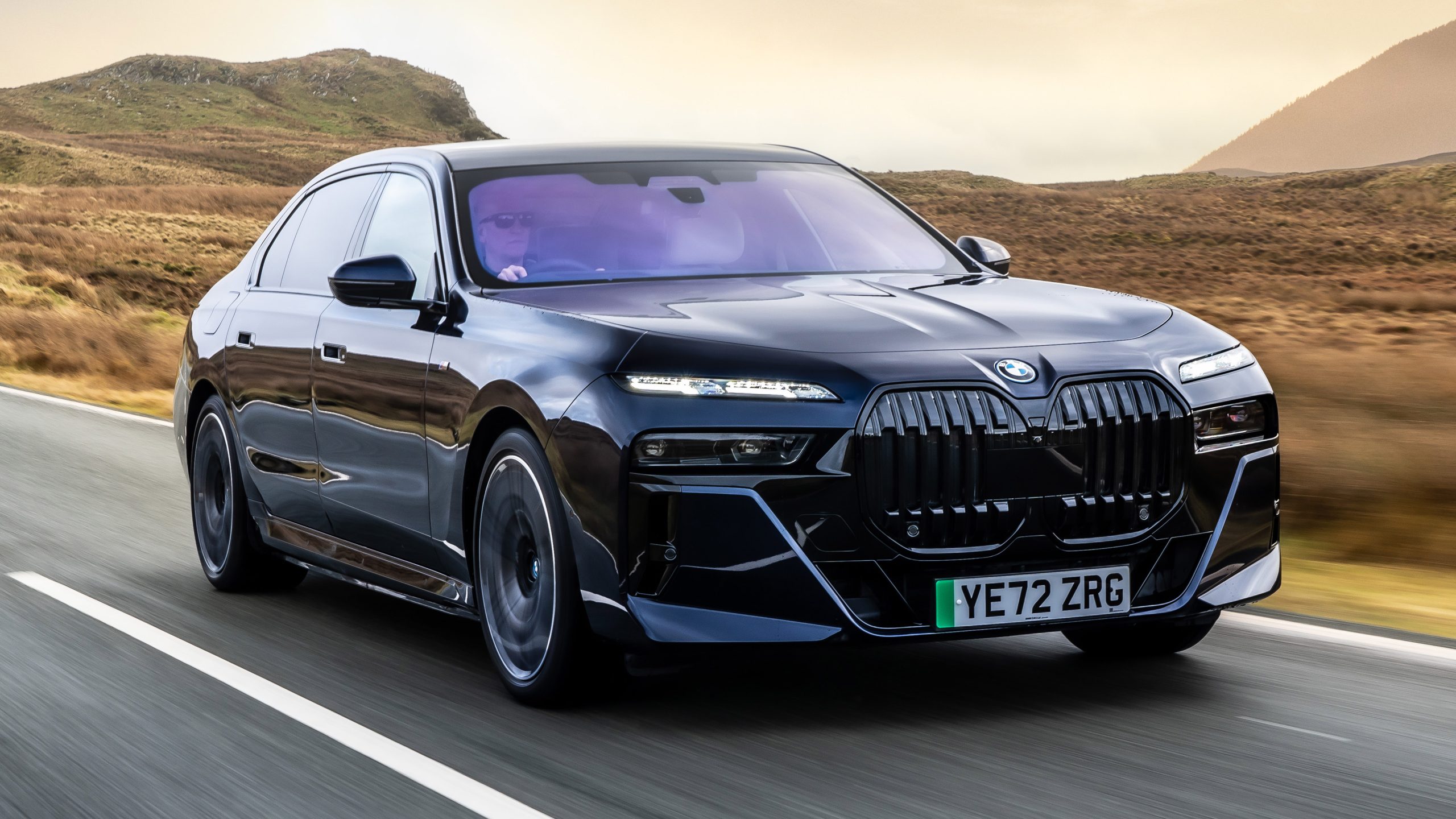

BMW has also incorporated motion detection in their key fobs, which can detect when the key is being moved suspiciously and automatically disable remote functions.
BMW’s ConnectedDrive services enhance the 7 Series immobilizer system by providing remote monitoring and control capabilities that extend security protection beyond the physical vehicle location.
The system can detect unauthorized access attempts and automatically notify both the owner and BMW’s security services, while simultaneously beginning vehicle tracking and preparing for potential remote immobilization.
This connectivity allows the immobilizer system to respond to threats in real-time, even when the owner is not present. The 7 Series immobilizer incorporates BMW’s Intelligent Emergency Call system, which can automatically detect crash situations and distinguish them from theft attempts.
This integration prevents false alarms while ensuring that legitimate emergency situations receive appropriate response. The system’s ability to differentiate between various types of unauthorized access attempts allows it to respond proportionally, from simple warning alerts to full vehicle immobilization and law enforcement notification.
BMW has designed the 7 Series immobilizer to integrate seamlessly with aftermarket security systems, allowing owners to enhance protection without compromising the factory security features.
This compatibility extends to professional fleet management systems and advanced tracking services, making the 7 Series an excellent choice for high-security applications where additional protection layers may be required.
The vehicle’s immobilizer system includes comprehensive diagnostics that can identify potential security vulnerabilities and recommend preventive maintenance or software updates.
BMW’s proactive approach to security maintenance means that 7 Series owners receive notifications about security updates and recommended enhancements, ensuring that their vehicle’s protection remains current against evolving theft techniques. This ongoing support demonstrates BMW’s commitment to long-term security effectiveness.
BMW’s integration of artificial intelligence in recent 7 Series models allows the immobilizer system to learn from usage patterns and identify unusual access attempts or operational behaviors that might indicate theft activity.
This adaptive security approach means that the system becomes more effective over time, developing a profile of normal usage that helps distinguish between authorized and unauthorized access attempts.
3. Audi A8
The Audi A8 represents Audi’s flagship approach to automotive security technology, incorporating advanced immobilizer systems that leverage the company’s expertise in electronic systems and connectivity.
Audi’s immobilizer technology in the A8 emphasizes integration with the vehicle’s quattro all-wheel-drive system and advanced driver assistance systems, creating security layers that extend throughout the vehicle’s operational systems rather than focusing solely on engine starting prevention.
Audi’s Advanced Key system in the A8 incorporates sophisticated authentication protocols that require multiple verification steps before allowing vehicle operation.
The system uses encrypted communication between the key, vehicle sensors, and control units, with authentication occurring at multiple points throughout the starting sequence.
This multi-point verification makes it extremely difficult for thieves to bypass the system, as they would need to defeat multiple independent security checks simultaneously.
The A8’s immobilizer system is deeply integrated with Audi’s Multi Media Interface (MMI) and virtual cockpit systems, creating security protocols that extend to infotainment and navigation functions.
This integration means that even if thieves manage to start the engine, they cannot access vehicle settings, navigation data, or communication systems without proper authentication.
The comprehensive approach to security extends protection beyond theft prevention to include privacy protection for personal data stored in the vehicle.
Audi connect services enhance the A8’s immobilizer capabilities by providing real-time vehicle monitoring and remote control functions that can be accessed through smartphone applications or web portals.
The system can detect unauthorized access attempts and provide immediate notifications to owners, while also beginning automatic tracking and preparing for potential law enforcement involvement. This connectivity allows the immobilizer system to function as part of a broader security ecosystem rather than as an isolated component.
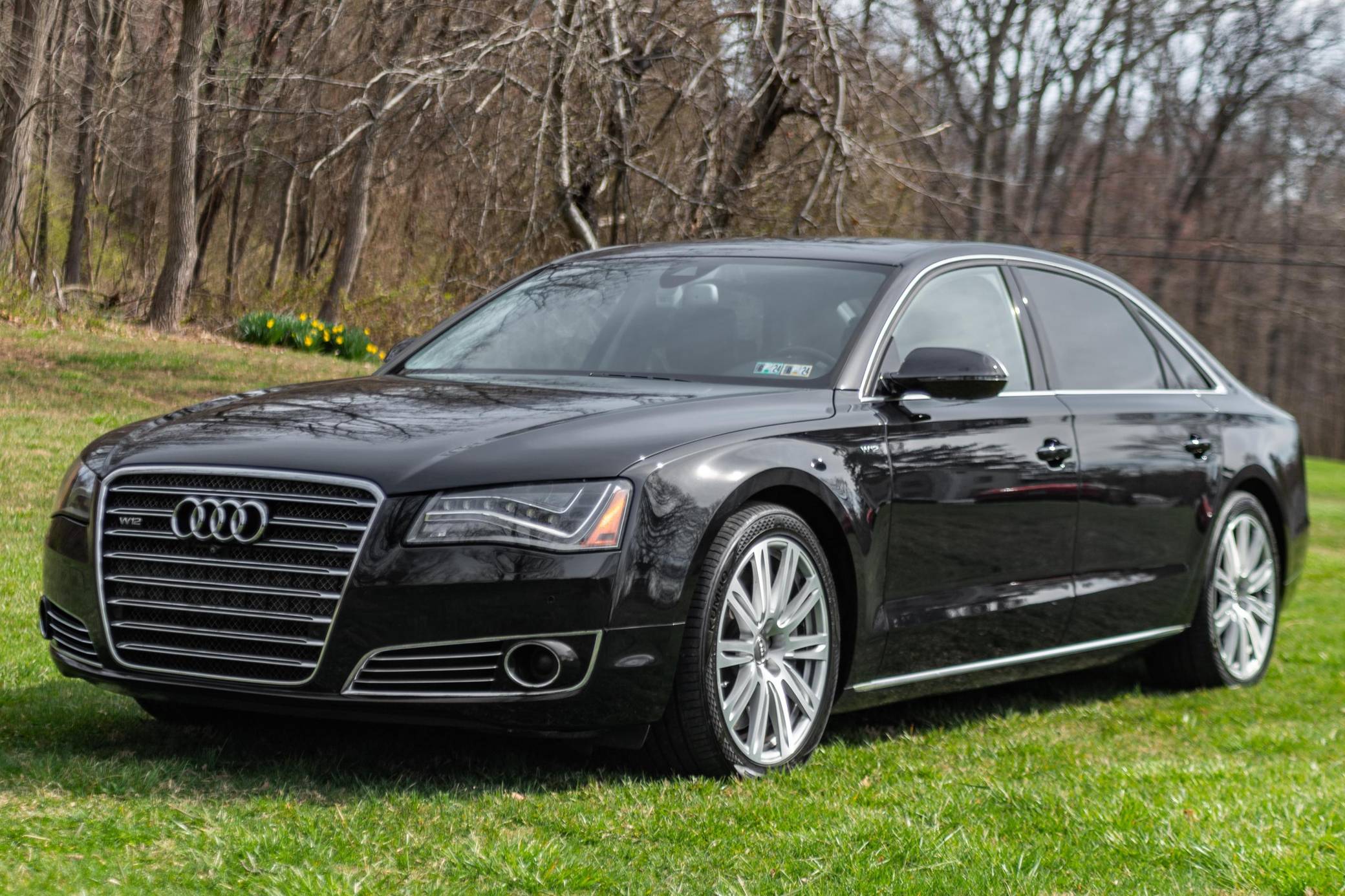
The A8 features Audi’s innovative approach to key management, allowing owners to create temporary access codes for valets, service personnel, or family members without compromising primary security protocols.
These temporary authorizations can be time-limited and restricted to specific vehicle functions, providing flexibility while maintaining security. The system logs all access attempts and can provide detailed reports about vehicle usage patterns, helping owners monitor their vehicle’s security status.
Audi’s integration of biometric authentication in recent A8 models adds an additional layer to the immobilizer system’s protection capabilities. The system can recognize authorized users through fingerprint scanning or facial recognition, working in conjunction with traditional key-based authentication to create a multi-factor security system.
This biometric integration represents Audi’s commitment to staying ahead of criminal adaptation and providing the highest levels of security protection.
The A8’s immobilizer system includes advanced diagnostics that can detect attempts to modify or bypass security components, automatically increasing security protocols when tampering is detected.
The system can also perform self-tests to ensure all security components are functioning properly, providing proactive maintenance alerts that help prevent security vulnerabilities from developing over time.
Audi’s approach to over-the-air updates ensures that the A8’s immobilizer system remains current against evolving theft techniques, with regular security updates delivered automatically to maintain optimal protection levels.
This dynamic security approach means that A8 owners benefit from the latest anti-theft innovations without needing to visit dealerships or manually update their vehicle’s security software.
4. Lexus LS
The Lexus LS incorporates Toyota’s most advanced immobilizer technology, representing the pinnacle of the company’s approach to automotive security and reliability.
Lexus has developed an immobilizer system that emphasizes both sophisticated electronic protection and traditional mechanical security, creating a comprehensive anti-theft system that addresses multiple attack vectors while maintaining the reliability and user-friendliness that Lexus customers expect.
The LS features Lexus’s Smart Access Card Entry system, which uses advanced proximity detection and encrypted communication to prevent unauthorized access while providing convenient operation for authorized users.
The system incorporates multiple authentication layers including transponder verification, proximity confirmation, and rolling code authentication that makes it extremely difficult for thieves to intercept and replay authorization signals.
The smart card technology also includes motion detection that can identify suspicious handling and automatically disable remote functions. Lexus has integrated the LS immobilizer system with the vehicle’s comprehensive safety and driver assistance systems, creating security protocols that extend beyond engine starting to include monitoring of safety-critical systems.
This integration means that the immobilizer can detect not only unauthorized starting attempts but also unauthorized access to vehicle systems that might compromise safety or security. The system can respond to different types of threats with appropriate countermeasures.
The LS immobilizer incorporates Lexus’s approach to predictive security, using artificial intelligence to analyze usage patterns and identify potentially suspicious activities before they become actual theft attempts.
The system can learn from normal usage patterns to establish baseline behaviors, then alert owners and security services when activities fall outside normal parameters. This proactive approach to security helps prevent theft attempts rather than simply responding to them after they occur.
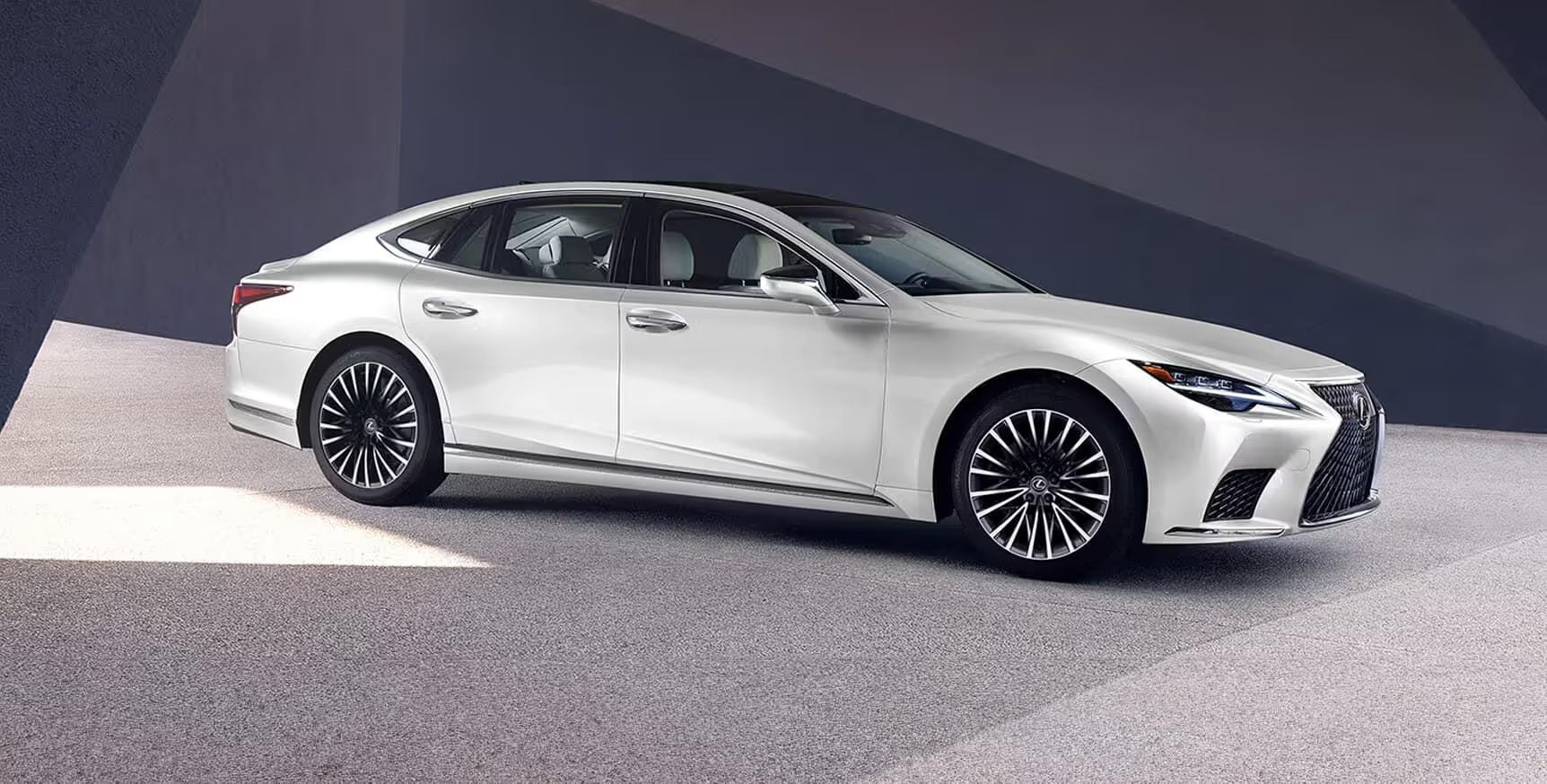
Lexus Enform services enhance the LS immobilizer system by providing comprehensive vehicle monitoring and remote control capabilities that extend security protection throughout the ownership experience.
The system can provide real-time alerts about vehicle status, location, and access attempts, while also offering remote immobilization capabilities if theft is suspected. This connectivity allows the immobilizer to function as part of a broader security and convenience ecosystem.
The LS features Lexus’s innovative approach to key management, including the ability to create customized access profiles for different users with varying levels of system access and vehicle control.
These profiles can be configured to restrict access to certain vehicle functions or limit operational parameters such as maximum speed or geographic boundaries. This flexibility allows owners to provide vehicle access to others while maintaining control over security and usage parameters.
Lexus has designed the LS immobilizer system to integrate seamlessly with professional security services and fleet management systems, making it an excellent choice for high-security applications where additional protection layers may be required.
The system’s compatibility with aftermarket security enhancements allows owners to customize their protection levels without compromising factory security features or vehicle reliability.
The LS immobilizer includes comprehensive self-diagnostics that continuously monitor system components and can identify potential security vulnerabilities before they become exploitable weaknesses.
The system provides proactive maintenance alerts and can recommend security updates or component replacements to maintain optimal protection levels throughout the vehicle’s operational life.
Also Read 5 Cars Thieves Avoid and 5 That Are on Every Chop Shop List
5. Cadillac Escalade
The Cadillac Escalade incorporates General Motors’ most advanced immobilizer technology, representing the company’s flagship approach to luxury vehicle security.
GM has developed a comprehensive anti-theft system for the Escalade that addresses the unique security challenges faced by large luxury SUVs, including their high theft rates and valuable parts.
The Escalade’s immobilizer system emphasizes both sophisticated electronic protection and integration with GM’s broader connected services ecosystem.
The Escalade features GM’s advanced Passive Entry Passive Start (PEPS) system, which uses encrypted communication protocols and proximity detection to prevent unauthorized access while providing convenient operation for authorized users.
The system incorporates multiple authentication steps including transponder verification, rolling code confirmation, and proximity validation that create a sophisticated barrier against theft attempts.
The PEPS system also includes advanced anti-relay technology that prevents signal amplification attacks commonly used against luxury vehicles.
GM’s OnStar services are deeply integrated with the Escalade’s immobilizer system, providing real-time vehicle monitoring, theft detection, and recovery assistance that extends security protection far beyond the physical vehicle location.
OnStar can detect unauthorized access attempts and automatically notify both owners and law enforcement while beginning vehicle tracking and preparing for potential remote immobilization.
This integration allows the immobilizer system to function as part of a comprehensive security and recovery network. The Escalade’s immobilizer system is integrated with the vehicle’s comprehensive suite of driver assistance and safety systems, creating security protocols that monitor not only engine starting attempts but also access to safety-critical vehicle functions.
The system can detect unauthorized attempts to access or modify vehicle systems and respond with appropriate security measures, from simple alerts to complete vehicle immobilization.
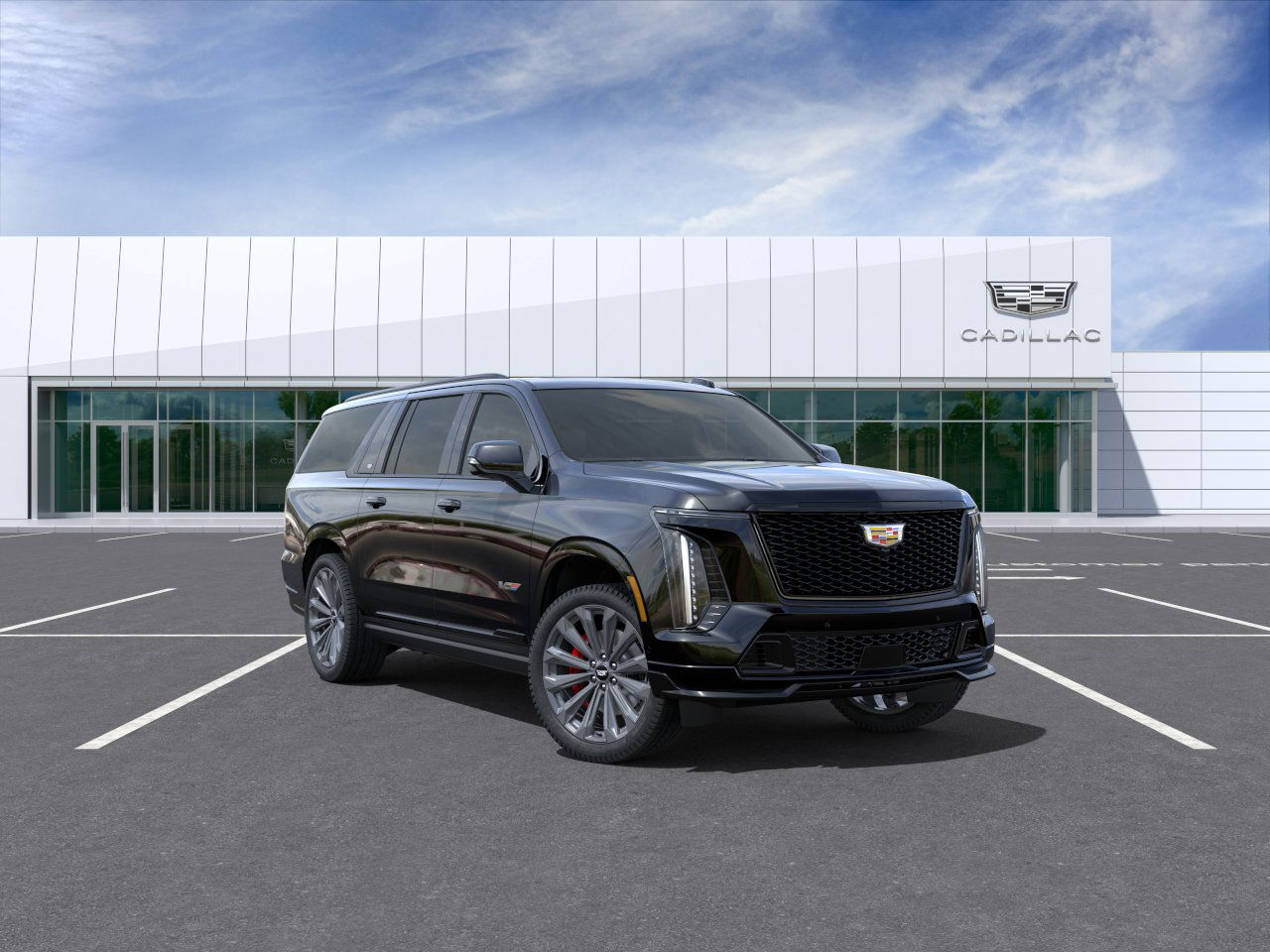
Cadillac has incorporated advanced diagnostics into the Escalade’s immobilizer system that can detect tampering attempts and unauthorized modifications to security components.
The system continuously monitors the integrity of security hardware and software, automatically increasing protection levels when potential threats are detected.
This self-monitoring capability provides an additional layer of security against sophisticated criminals who might attempt to modify immobilizer components physically.
The Escalade features Cadillac’s innovative approach to multi-user authentication, allowing owners to create customized access profiles for family members, employees, or service personnel with varying levels of system access and vehicle control.
These profiles can include restrictions on vehicle functions, operational parameters, and geographic boundaries, providing flexibility while maintaining security control. The system maintains detailed logs of all access attempts and vehicle usage patterns.
GM’s commitment to over-the-air updates ensures that the Escalade’s immobilizer system remains current against evolving theft techniques, with regular security enhancements delivered automatically to maintain optimal protection levels.
This dynamic security approach means that Escalade owners benefit from the latest anti-theft innovations and security improvements throughout their ownership experience without requiring dealership visits.
The Escalade’s immobilizer system includes integration with GM’s Fleet Command system for commercial applications, providing advanced fleet management and security capabilities for business users.
This integration allows fleet operators to monitor multiple vehicles, receive comprehensive security reports, and implement coordinated security responses across their entire fleet, making the Escalade an excellent choice for high-security commercial applications.
5 Cars With No Engine Immobilizers
Despite their modern appearance and advanced features, certain vehicle models manufactured before recent security improvements lack basic engine immobilizer technology, leaving them dangerously vulnerable to theft using simple mechanical bypass methods.
Forbes reports models affected include 2016-2021 Hyundai Accent, Elantra, Elantra GT, Sonata, Veloster, Venue, Kona, Tucson, Santa Fe, Santa Fe Sport, Santa Fe XL and Palisade as well as 2011-2021 Kias, creating a massive population of vehicles susceptible to the viral TikTok theft methods.
The lack of an immobilizer in the 2016 Kia Sorento has landed the automaker in hot water with consumers, as thieves discovered these vehicles could be easily stolen by breaking windows and accessing steering column connections without any electronic security barriers.
State Farm is reportedly turning away new customers trying to insure the Accent, Optima, Kona, Santa Fe, Sonata, Soul, and Tucson due to their extreme theft vulnerability, demonstrating how the absence of basic security technology has created an insurance crisis for affected vehicle owners.
1. 2011-2021 Hyundai Elantra (Base Models)
The Hyundai Elantra represents one of the most significant automotive security failures of the modern era, with many modern Hyundais and Kias lacking a useful anti-theft device called an immobilizer, which prevents a vehicle from starting when someone attempts to use a key or key fob that doesn’t match the car.
The absence of basic immobilizer technology in millions of Elantra vehicles has created a nationwide crisis of vehicle theft that has fundamentally altered the automotive insurance landscape and damaged Hyundai’s reputation for quality and security.
The Elantra’s lack of immobilizer technology stems from Hyundai’s cost-cutting decisions during the vehicle’s development and production phases.
Hyundai obviously weighed the options and found not fitting immobilisers to USDM cars reduced costs enough to be worthwhile, prioritizing short-term manufacturing savings over long-term customer security and satisfaction.
This decision proved particularly devastating because engine immobilizers are now standard on vehicles produced as of November 2021 but that some trim levels on older models do not have it.
The consequences of Hyundai’s decision became apparent when social media platforms began featuring videos demonstrating how easily Elantra models could be stolen using simple household items.
The viral nature of these theft demonstrations created an unprecedented situation where millions of vehicle owners discovered their cars were fundamentally insecure against even amateur criminals.
The simplicity of the theft process, which can be completed in under a minute with basic tools, transformed the Elantra from a reliable transportation choice into a liability for owners.
The Elantra’s vulnerability extends beyond simple engine starting to include the complete absence of electronic security measures that most drivers assume are present in modern vehicles.
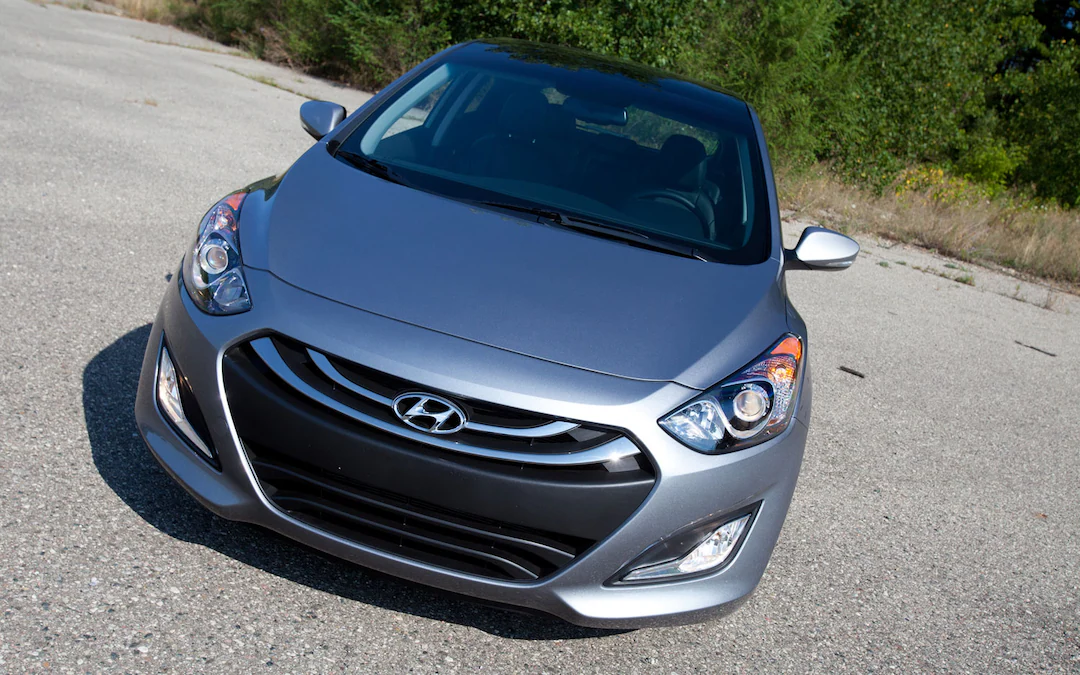
Without immobilizer technology, the vehicle relies entirely on physical locks and basic alarm systems that provide minimal deterrence against determined thieves.
The lack of electronic engine protection means that criminals who gain physical access to the vehicle can start and drive it using techniques that were considered obsolete in most other vehicles by the early 2000s.
Hyundai’s response to the crisis has included offering software updates and security kits, but all of the nearly 4 million vehicles involved are now eligible for these remedial measures, highlighting the massive scale of the security failure.
The software updates the theft alarm software logic to extend the length of the alarm sound from 30 seconds to one minute, but these measures provide only superficial improvements to fundamentally insecure vehicles.
The insurance industry’s response to the Elantra’s security failures has been swift and decisive, with each company has temporarily stopped issuing new insurance policies for a wide range of older Hyundai and Kia vehicles that lack an anti-theft device known as an engine immobilizer.
This insurance crisis has created additional financial burdens for Elantra owners who face difficulty obtaining coverage and may experience increased premiums when coverage is available.
The Elantra’s security failures have created broader implications for automotive safety and community security, as the ease of theft has led to increased criminal activity and associated public safety concerns.
The vehicle’s popularity among younger demographics and first-time car buyers means that many owners were unaware of the security vulnerabilities until after purchasing their vehicles, creating feelings of betrayal and financial hardship for customers who trusted Hyundai’s reputation.
The long-term consequences of the Elantra’s lack of immobilizer technology continue to unfold, with legal actions, regulatory investigations, and ongoing theft problems affecting hundreds of thousands of vehicle owners.
The situation demonstrates how fundamental security oversights can have lasting impacts on both individual customers and broader automotive industry practices, serving as a cautionary tale about the importance of prioritizing security in vehicle design and manufacturing decisions.
2. 2015-2021 Hyundai Sonata (Select Trims)
The Hyundai Sonata’s security vulnerabilities represent another significant failure in Hyundai’s approach to automotive security, with many model years and trim levels lacking basic engine immobilizer technology despite the vehicle’s position as a mainstream family sedan.
The Sonata’s security gaps have contributed to the broader crisis affecting Hyundai vehicles, with the 2015-2021 Accent, Elantra, Kona, Santa Fe, Sonata, and Tucson all appearing on insurance blacklists due to their lack of adequate anti-theft protection.
The Sonata’s lack of immobilizer technology is particularly problematic given the vehicle’s popularity and widespread presence on American roads.
As a midsize sedan positioned as a family vehicle, the Sonata attracted buyers who reasonably expected modern security features to be standard equipment.
The absence of basic anti-theft technology in a vehicle of this class and price point represents a fundamental breach of consumer expectations and industry standards.
Hyundai’s decision to omit immobilizer technology from many Sonata models appears to have been driven by the same cost-cutting motivations that affected other models in their lineup.
The company’s focus on offering competitive pricing and attractive warranty packages came at the expense of basic security features that had become standard on most other manufacturers’ vehicles by the mid-2000s.
This prioritization of initial purchase price over long-term security has proven costly for both the company and its customers. The Sonata’s vulnerability to theft extends beyond the simple absence of engine immobilizer technology to include inadequate physical security measures and alarm systems.
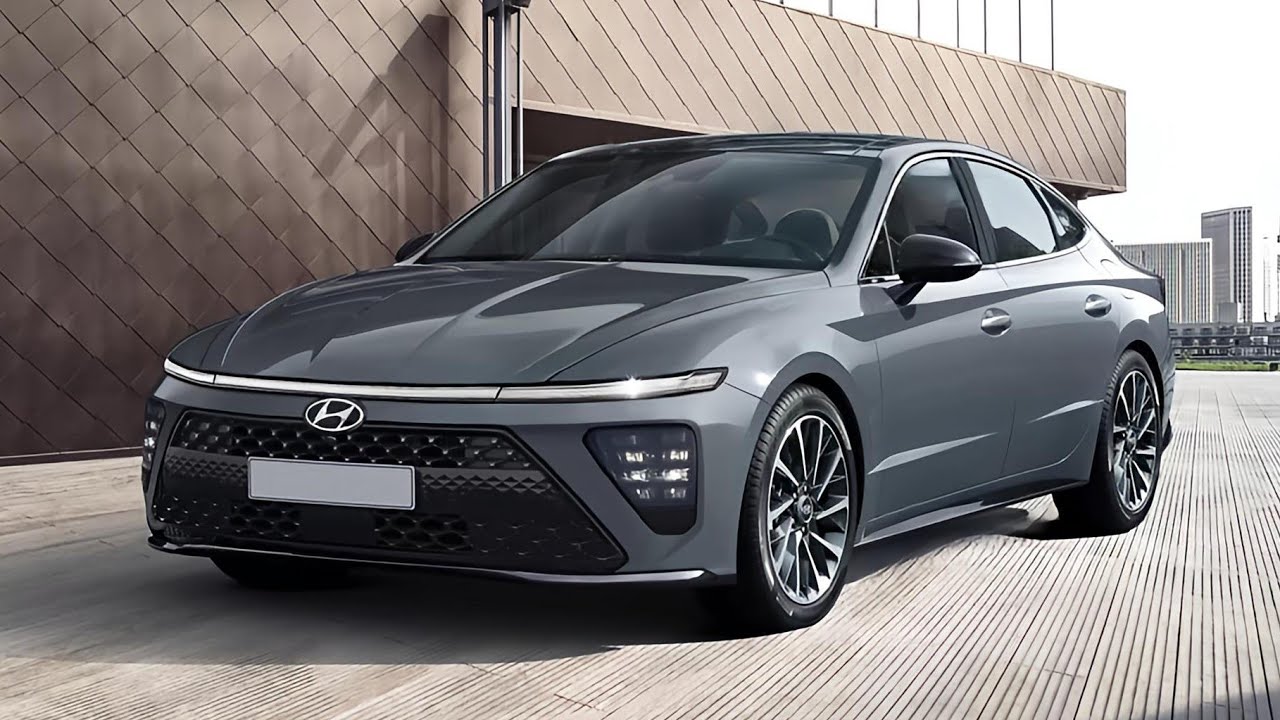
Many affected vehicles rely on basic mechanical locks and simple alarm systems that provide minimal deterrence against theft attempts. The combination of weak physical security and absent electronic protection creates a situation where Sonata theft can be accomplished quickly and quietly by criminals using readily available tools and techniques.
The viral spread of Sonata theft techniques through social media platforms has created widespread awareness of the vehicle’s vulnerabilities among criminal populations.
Videos demonstrating theft methods have been viewed millions of times, effectively providing training materials for potential car thieves across the country. This unprecedented situation has transformed the Sonata from a reliable family vehicle into a preferred target for criminal activity.
The insurance industry’s response to the Sonata’s security failures has been particularly severe, with many companies refusing to provide coverage for affected vehicles or requiring additional security measures before issuing policies.
This insurance crisis has created significant financial hardships for Sonata owners who may struggle to obtain affordable coverage or may be required to install aftermarket security systems at their own expense.
Hyundai’s remedial efforts for the Sonata have included software updates and security retrofit programs, but these measures address only superficial aspects of the vehicle’s security vulnerabilities.
The fundamental absence of immobilizer technology cannot be fully corrected through software updates alone, leaving many Sonata owners with vehicles that remain significantly more vulnerable to theft than comparable models from other manufacturers.
The Sonata’s security failures have contributed to broader public safety concerns, as the ease of theft has led to increased joy-riding, crashes involving stolen vehicles, and other criminal activities that affect entire communities.
The vehicle’s family-oriented marketing and widespread ownership mean that these security failures have impacted a broad demographic of responsible consumers who trusted Hyundai’s brand reputation.
3. 2015-2021 Kia Forte (Base Models)
The Kia Forte shares the same fundamental security vulnerabilities that have plagued its Hyundai corporate siblings, with many model years and trim levels lacking basic engine immobilizer technology despite being marketed as modern, reliable transportation.
The Forte’s security gaps represent Kia’s participation in the cost-cutting decisions that have created one of the largest automotive security crises in recent history, affecting millions of vehicles and countless customers. The Forte’s lack of immobilizer technology is particularly problematic given Kia’s marketing emphasis on value and reliability.
Customers who purchased Forte vehicles based on the company’s reputation for quality and dependability discovered that their vehicles lacked basic security features that had been standard on most other manufacturers’ vehicles for over a decade.
This revelation has damaged trust in the Kia brand and created significant financial and personal security concerns for vehicle owners. Kia’s decision to omit immobilizer technology from Forte models appears to have been coordinated with Hyundai’s similar decisions, as both companies are part of the same corporate structure and share development resources.
The companies’ focus on aggressive pricing and market share growth came at the expense of customer security and satisfaction, creating vulnerabilities that criminals have systematically exploited across both brands’ vehicle lineups.
The Forte’s vulnerability extends beyond simple theft to include the ease with which criminals can access and operate the vehicle using basic tools and techniques.
The absence of electronic engine protection means that the vehicle’s security relies entirely on physical locks and basic alarm systems that provide minimal deterrence against determined thieves.
The simplicity of the theft process has been widely demonstrated through social media, creating a situation where Forte theft has become almost trivial for criminals with basic knowledge.
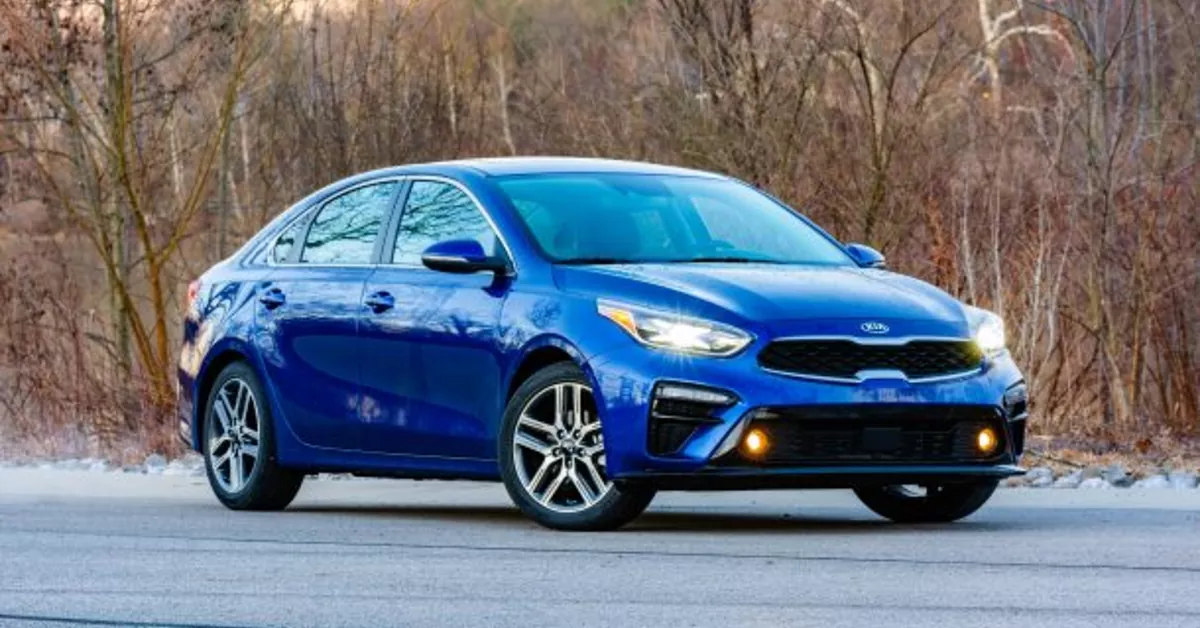
The social media phenomenon that has driven increased theft of vulnerable Kia and Hyundai models has particularly impacted the Forte, as the vehicle’s popularity among younger demographics overlaps with the age groups most likely to encounter theft techniques through online platforms.
The viral nature of theft demonstrations has created an unprecedented situation where vehicle security vulnerabilities are being rapidly disseminated to potential criminals, transforming the Forte from reliable transportation into a preferred target.
Kia’s response to the Forte’s security crisis has included software updates and security retrofit programs, but these measures provide only limited improvements to fundamentally insecure vehicles.
The company’s efforts to address the problem through software modifications cannot fully compensate for the absence of hardware-based immobilizer technology, leaving many Forte owners with vehicles that remain significantly more vulnerable than comparable models from other manufacturers.
The insurance industry’s treatment of the Forte has been particularly harsh, with many companies refusing to provide coverage or requiring additional security measures before issuing policies.
This insurance crisis has created additional financial burdens for Forte owners who may struggle to obtain affordable coverage while also dealing with the ongoing risk of vehicle theft.
The situation has created a secondary market for aftermarket security systems as owners attempt to improve their vehicles’ protection. The Forte’s security failures have contributed to broader concerns about automotive industry practices and regulatory oversight.
The situation has prompted discussions about whether basic security features, such as engine immobilizers, should be mandated by federal regulations, rather than left to manufacturer discretion.
The widespread nature of the problem has also raised questions about how such fundamental security oversights could affect millions of vehicles without triggering earlier regulatory intervention.
4. 2016-2021 Kia Sorento (Select Configurations)
The Kia Sorento’s security vulnerabilities represent a particularly concerning aspect of the broader Kia-Hyundai security crisis, as the vehicle’s classification as a family SUV means that its lack of basic immobilizer technology has affected families who depended on the vehicle for safe, reliable transportation.
The Sorento’s security gaps demonstrate how the company’s cost-cutting decisions impacted vehicles across multiple market segments, not just entry-level models where customers might expect fewer features.
The Sorento’s lack of immobilizer technology is especially problematic given the vehicle’s size, value, and appeal to criminals seeking larger vehicles for various illegal activities.
SUVs like the Sorento are often targeted not only for personal transportation theft but also for use in other criminal enterprises that require larger, more capable vehicles.
The absence of basic security features makes the Sorento an attractive target for criminals who need vehicles that can carry larger loads or provide better concealment for illegal activities.
Kia’s marketing of the Sorento emphasized family safety, reliability, and value, creating reasonable customer expectations that the vehicle would include modern security features as standard equipment.
The discovery that many Sorento models lacked basic anti-theft technology represented a significant breach of these expectations and created feelings of betrayal among customers who trusted the Kia brand to provide adequate protection for their families and investments.
The Sorento’s vulnerability extends beyond simple engine starting to include the complete absence of electronic security measures that customers reasonably expected to be present in a modern family SUV.
The vehicle’s reliance on basic physical locks and simple alarm systems provides minimal protection against criminals who have learned to exploit the absence of immobilizer technology. The ease with which these vehicles can be stolen has been demonstrated repeatedly through social media and criminal activity.
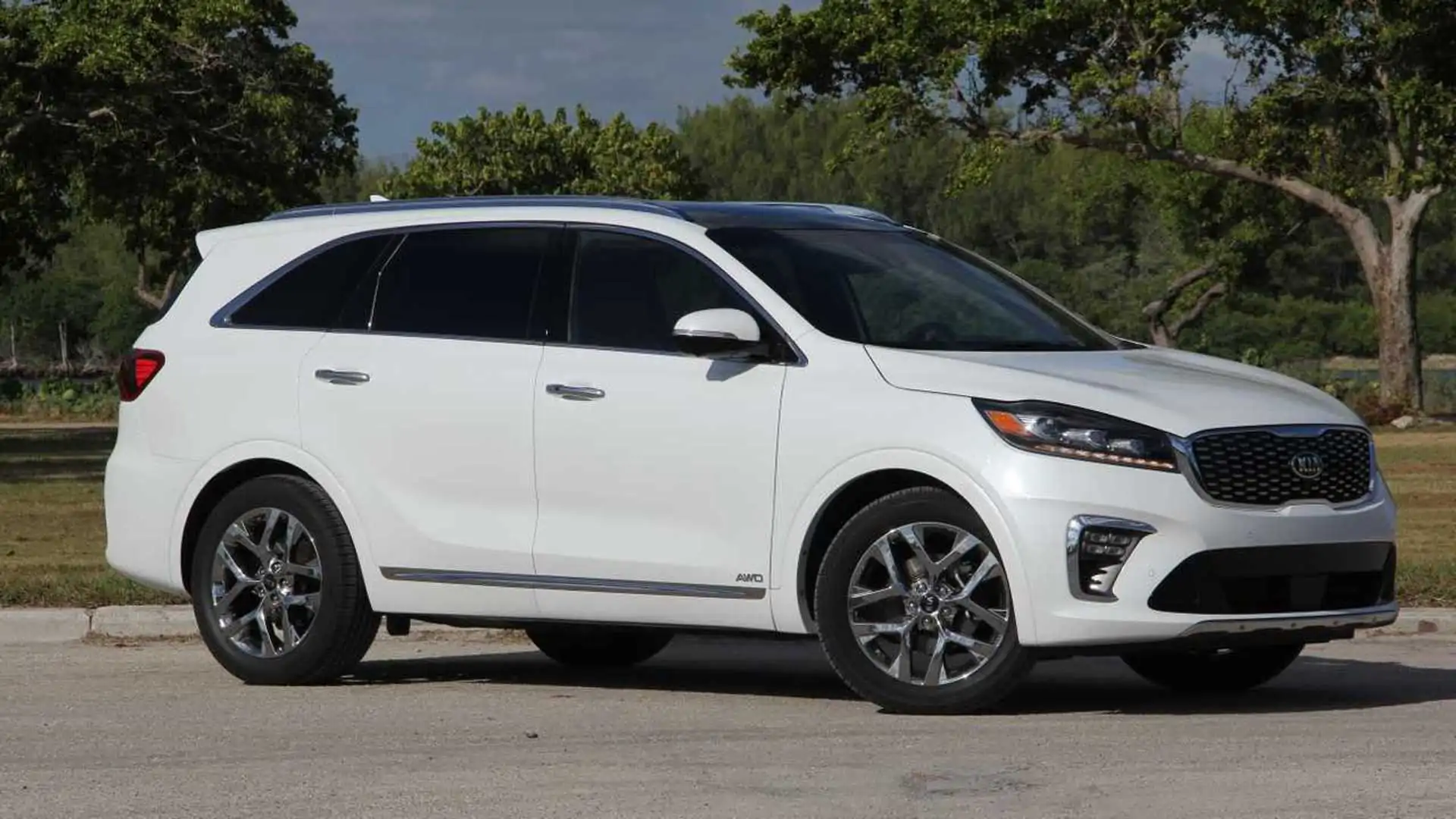
The social media spread of Sorento theft techniques has created particular concerns for family safety, as the ease of theft means that vehicles may be stolen from family homes, school parking lots, and other locations where children and families are present
The psychological impact of easy vehicle theft extends beyond financial loss to include concerns about personal safety and home security, as criminals who can easily steal vehicles may also pose other threats to family security.
Kia’s remedial efforts for the Sorento have included software updates and security retrofit programs, but these measures cannot fully address the fundamental absence of immobilizer technology.
The company’s attempts to improve security through software modifications provide only superficial enhancements to vehicles that remain fundamentally vulnerable to theft. Many Sorento owners continue to face significant security risks despite the manufacturer’s remedial efforts.
The insurance industry’s response to the Sorento’s security failures has been particularly impactful for families, as the difficulty in obtaining affordable coverage can affect family transportation planning and budgeting.
Many families have discovered that their reliable family SUV has become a liability rather than an asset, creating financial stress and transportation uncertainty for households that depend on the vehicle for daily activities.
The Sorento’s security failures have contributed to broader discussions about family vehicle safety and the responsibility of manufacturers to provide adequate protection for their customers.
The situation has highlighted how cost-cutting decisions in vehicle design can have far-reaching consequences for customer safety, financial security, and quality of life, particularly for families who rely on their vehicles for essential transportation needs.
5. 2017-2021 Hyundai Accent (Entry-Level Trims)
The Hyundai Accent represents perhaps the most troubling aspect of Hyundai’s security failures, as the vehicle’s positioning as an entry-level car means that its lack of immobilizer technology has disproportionately affected younger buyers, first-time car owners, and budget-conscious consumers who could least afford the consequences of vehicle theft.
The Accent’s security vulnerabilities demonstrate how cost-cutting decisions in entry-level vehicles can have particularly severe impacts on vulnerable customer populations.
The Accent’s lack of immobilizer technology is especially problematic given the vehicle’s appeal to college students, young professionals, and other demographics who often must park in less secure locations such as street parking, apartment complexes, and college campuses.
These parking situations create numerous opportunities for criminals to access and steal vehicles, particularly when those vehicles lack basic electronic security measures that would deter theft attempts.
Hyundai’s marketing of the Accent emphasized affordability and reliability, attracting customers who were making significant financial sacrifices to purchase new vehicles.
Many Accent buyers chose the vehicle specifically because they believed that purchasing a new car from a reputable manufacturer would provide security and reliability advantages over used vehicles.
The discovery that their new vehicles lacked basic security features that were standard on older vehicles from other manufacturers created profound disappointment and financial stress.
The Accent’s vulnerability has been particularly exploited through social media demonstrations that specifically target entry-level vehicles as easy theft opportunities.
The viral nature of these demonstrations has created a situation where criminals specifically seek out Accent models because they know the vehicles can be stolen quickly and easily. This targeting has created a climate of fear among Accent owners who recognize that their vehicles are actively sought by criminals.
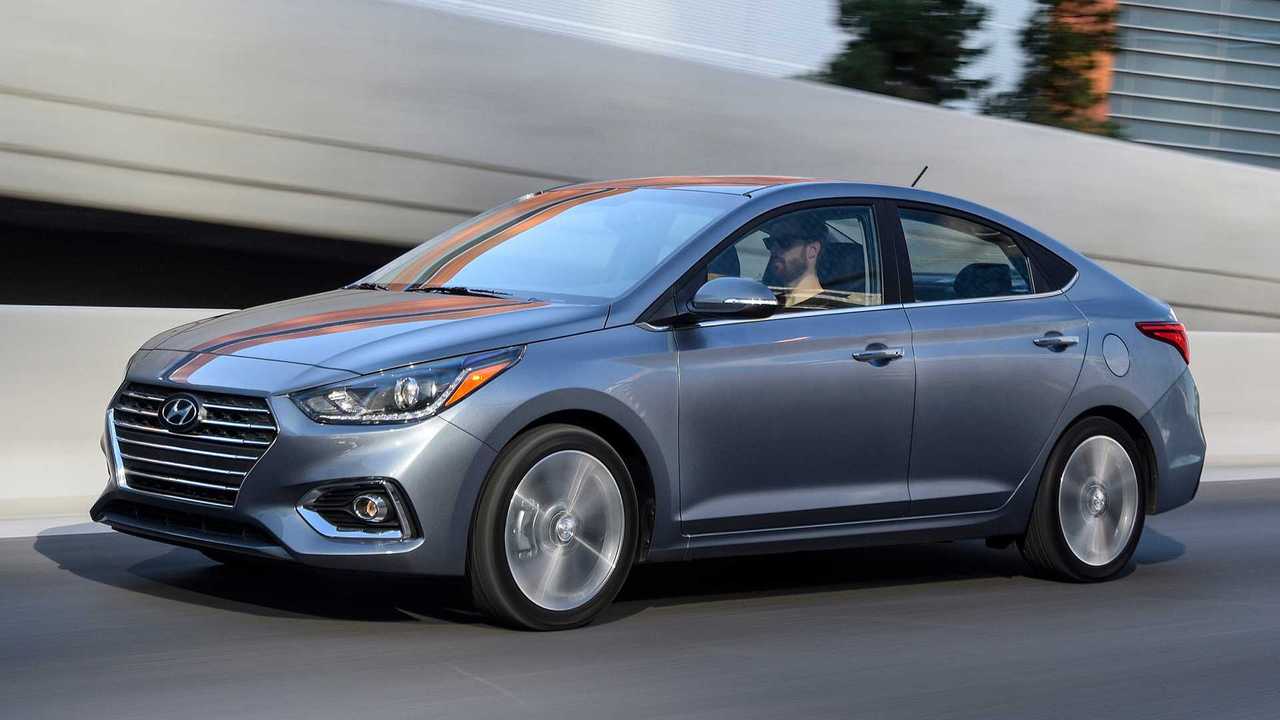
The demographic that typically purchases Accent vehicles often includes individuals who are least equipped to deal with the consequences of vehicle theft, including students, young workers, and budget-conscious families who depend on reliable transportation for employment and daily activities.
Vehicle theft for these customers often represents not just financial loss but also potential employment disruption, education interference, and family hardship that extends far beyond the immediate cost of the stolen vehicle.
Hyundai’s remedial efforts for the Accent have been hampered by the practical difficulties of reaching customers who purchased entry-level vehicles and may not maintain regular contact with dealerships or service networks.
Many Accent owners may be unaware of available security updates or may lack the resources to implement recommended security improvements.
This communication gap has left many of the most vulnerable vehicles without even the limited security improvements that Hyundai has attempted to provide.
The insurance implications of the Accent’s security failures have been particularly severe for the vehicle’s typical customer base, as younger drivers and budget-conscious consumers often face higher insurance rates under normal circumstances.
The additional challenges of obtaining coverage for vehicles with known security vulnerabilities have created insurance costs that may exceed the vehicle’s value, creating impossible financial situations for customers who cannot afford to replace their vehicles.
The Accent’s security failures have highlighted broader issues about the automotive industry’s responsibility to provide basic security features across all price points and market segments.
The situation has raised questions about whether entry-level vehicles should be exempt from security standards that apply to more expensive models, and whether regulatory intervention is necessary to ensure that all customers receive adequate protection regardless of their vehicle’s price point or market positioning.
Also Read: 5 Cars With Secure Wireless Keys and 5 That Can Be Cloned in Seconds

